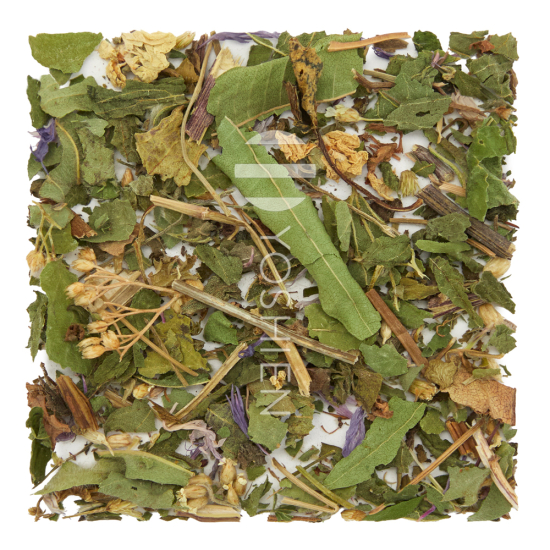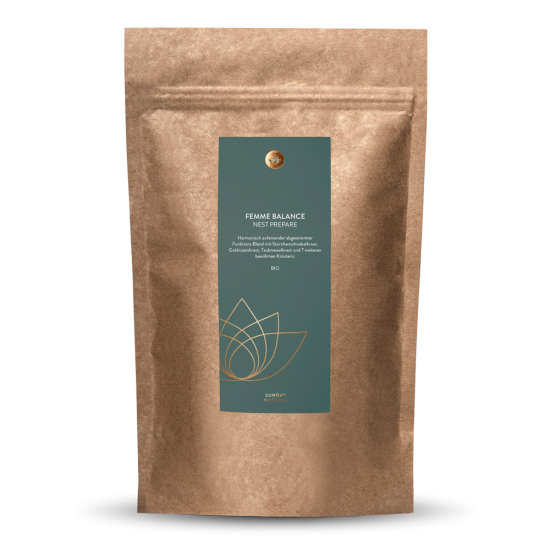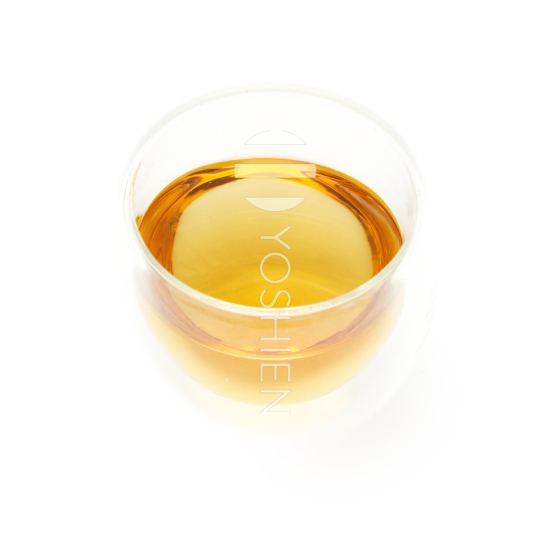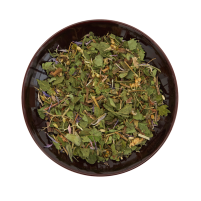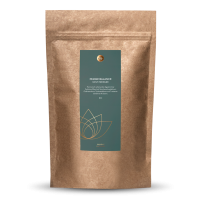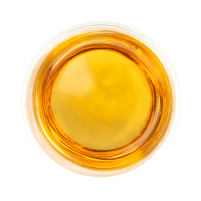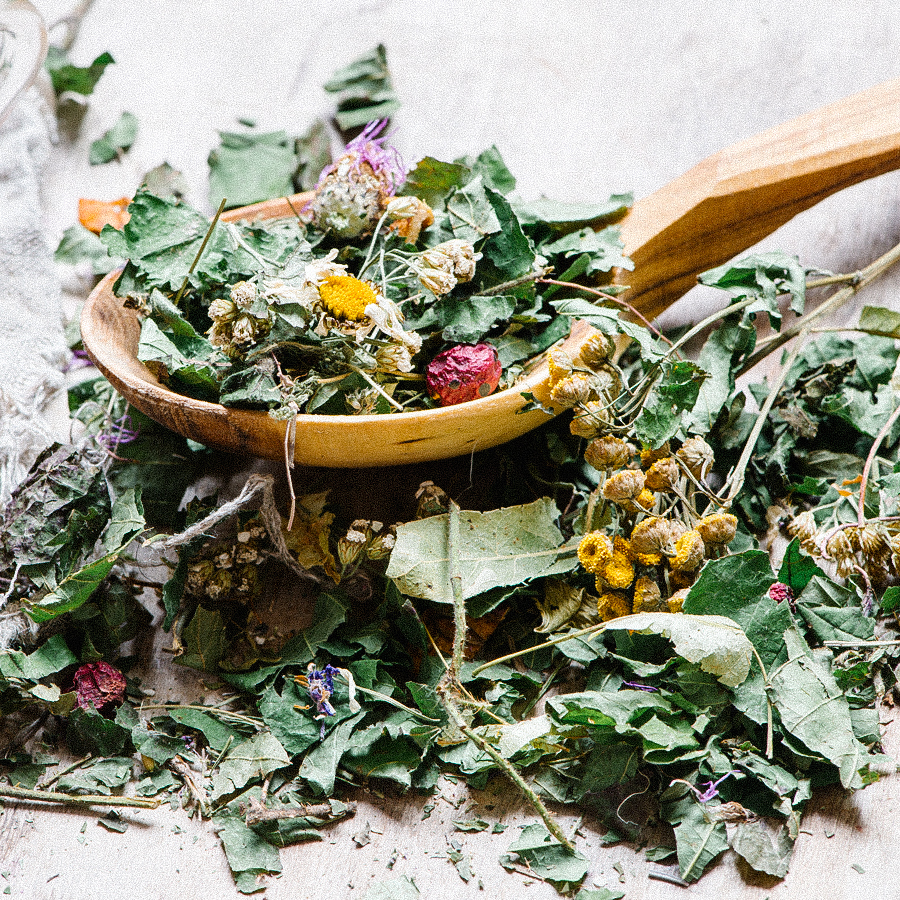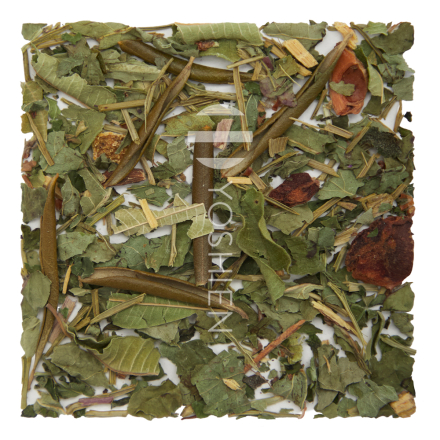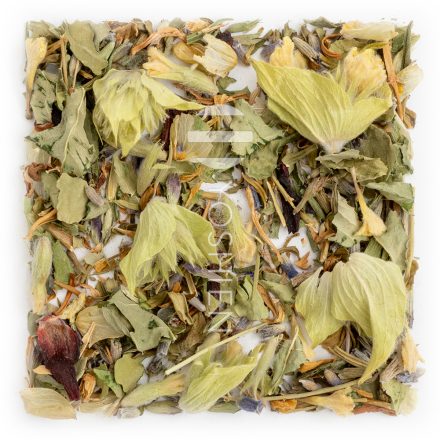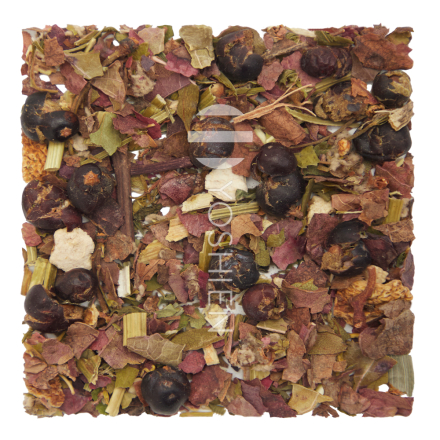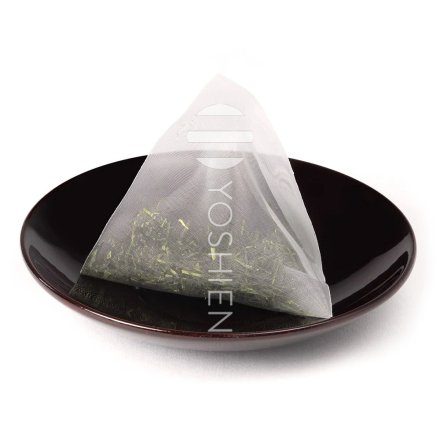CRANESBILL (HERB ROBERT)
The cranesbill (Geranium spp.) is a wild-growing plant from the Geraniaceae family and is native to many regions of Europe. One of the best-known species is herb robert (Geranium robertianum), noted for its aromatic scent and delicate pink blossoms. Its deeply lobed leaves and the beak-like fruits, which give the plant its name, make cranesbill easy to identify. It prefers semi-shaded to shaded locations such as woodland edges, hedgerows, and damp meadows.
GOLDENROD
Goldenrod (Solidaginis virgaureae) is an agricultural crop which has been recognised for its various uses for centuries. The introduction of goldenrod to Europe took place in the 17th century, and since then, it has thrived as an invasive neophyte in the sparse forests and dry woodland meadows of Europe and North America. This medicinal plant, which announces the end of summer with its vibrant yellow flowers, can also be used as a natural dye.
DEAD NETTLE
Dead nettle (Lamium) is a low-growing, herbaceous plant often found in gardens and woodlands, known for its nettle-like appearance but without the sting (hence, "dead"). Historically, dead nettle has been used in traditional medicine as a gentle remedy for wounds, cramps, digestive issues, and respiratory ailments, with white dead nettle (Lamium album) especially prized for its soothing properties. In folklore, it was sometimes believed to offer protection from evil spirits.
NETTLE LEAF
The nettle (Urtica dioica, Urtica urens) deserves a place of honour among herbs. With around 70 species found across the globe (everywhere except Antarctica) it is hardy, undemanding, and remarkably effective. It thrives in close proximity to humans, and numerous butterfly species depend on it for survival. Already known in antiquity, nettle was believed to ward off evil.
LADY'S MANTEL
Lady’s mantle (Alchemilla) belongs to the rose family (Rosaceae). Its species are found across Europe, Asia, and Africa, thriving particularly well in higher altitudes, with around 300 species present in Europe alone. Its name, Alchemilla, speaks for itself and hints at its magical qualities: Since ancient times, the droplets of water that appear on the inner surface of its leaves have been regarded as a healing remedy.
YARROW
Yarrow grows across Europe and northern Asia, extending as far north as the Arctic Circle. The resilient perennial endures throughout the year, remaining above the earth's surface even during winter. Its rich heritage in herbalism stretches back to Greek mythology, where yarrow finds mention as a plant used by Achilles. It is from this legend that it derives its Latin name, Achillea millefolium.
GROUND IVY
Ground ivy (Glechoma hederacea L.), also known as creeping Charlie, grows across the ground, around trees and along fences and homes, with shoots extending up to one metre in length. It can be found across Europe, North and West Asia as far as Japan and has also been successfully introduced to the American continent. The Celts were drawn to its use in brewing beer, as it offers an exceptional source of bitterness, among other qualities. From sea level to mountainous regions, its presence can be an indicator for the surrounding nature's good health.
LEMON VERBENA
Lemon verbena (Aloysia citrodora), also known as lemon beebrush or verveine, is indigenous to Argentina, Uruguay and Chile. During the 18th century, it was introduced to Europe, where it was scientifically classified as a distinct species for the first time. The perennial plant thrives in nutrient-rich, water-permeable sandy soil with ample sunlight, preferring sheltered locations. In spring, new stems emerge from the roots, followed by the elongated leaves appearing from May onwards, arranged in threes in a whorled fashion. When fully grown, these leaves exude a delightful lemon fragrance. Come August, small white flowers adorned with four tiny petals grace the plant.
PANSY
The wild pansy (Viola tricolor), also commonly known as field violet, is a valued plant in traditional herbal medicine. It is particularly during the flowering period that the aerial parts of the plant (the flowering herb) are harvested. While the violet spreads almost continuously across the Northern Hemisphere, it can also be found in the Southern Hemisphere, though only in higher altitudes (up to 2700m).
CORNFLOWER
The cornflower (Centaurea cyanus L., Cyanus arvensis) was so thoroughly eradicated that it nearly became extinct. As a result, it is now a protected species. Originating from the eastern Mediterranean region, it spread across Europe adapting to a variety of landscapes. It can even be found at altitudes of up to 1800m in the Alps. Our true cornflower comes from natural cultivation on low-lime, well-drained, and nutrient-rich soils. Due to its high content of bitter substances and anthocyanin pigments, it holds a well-established place in herbal medicine.



